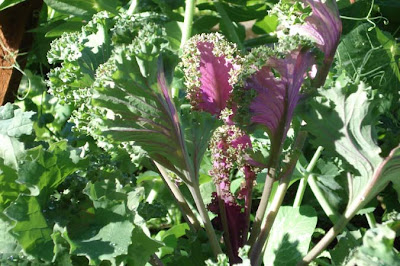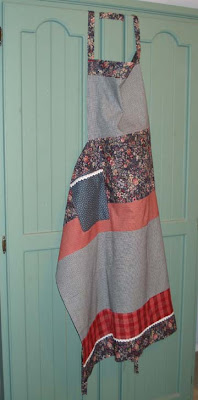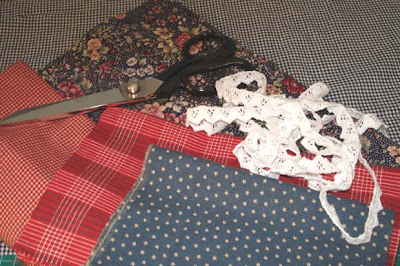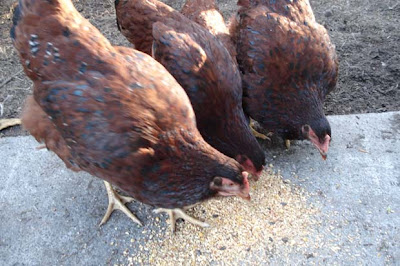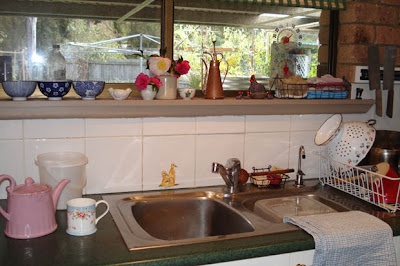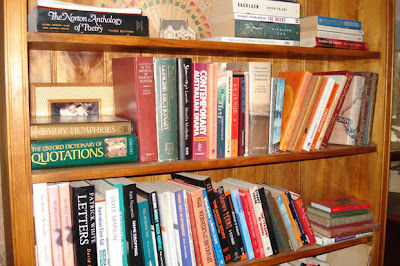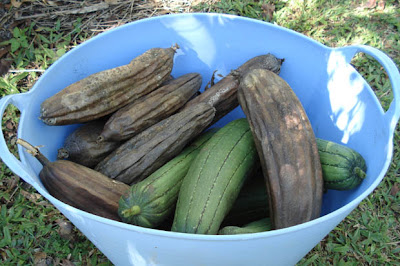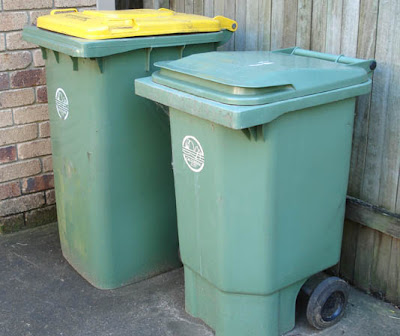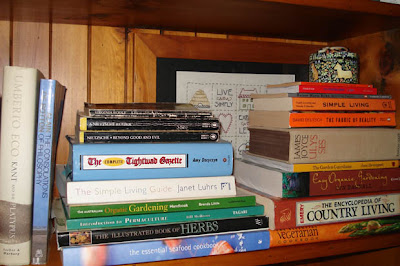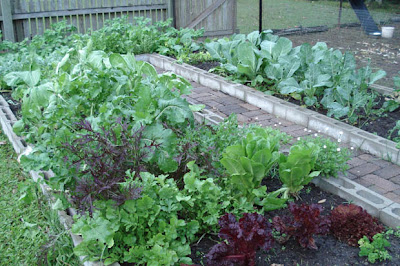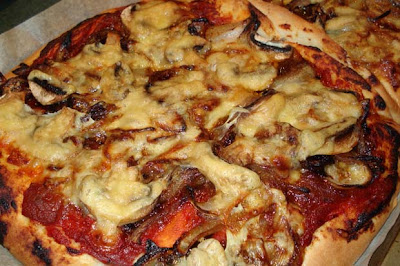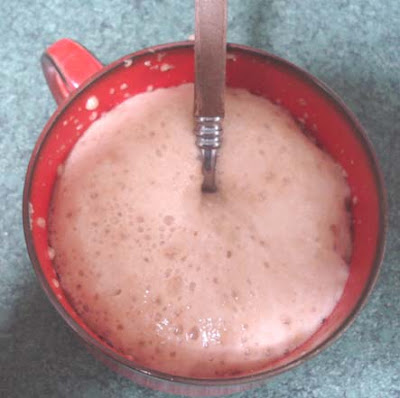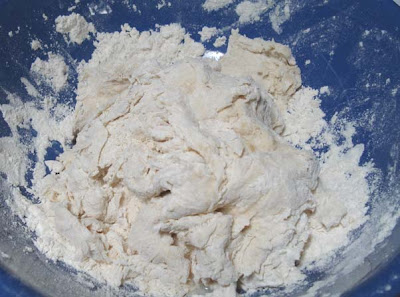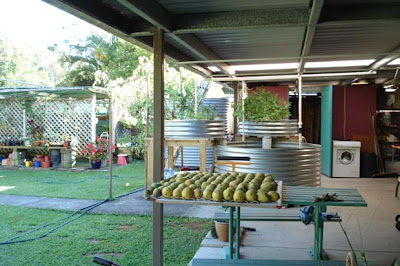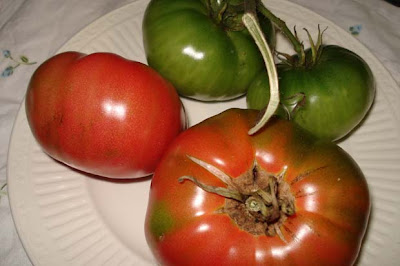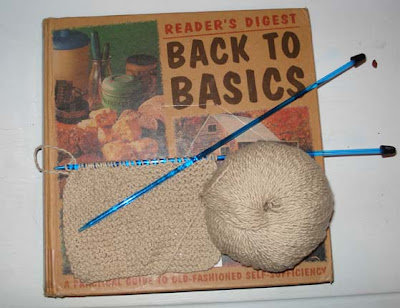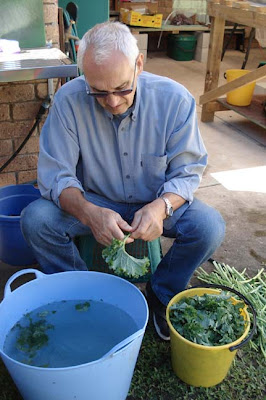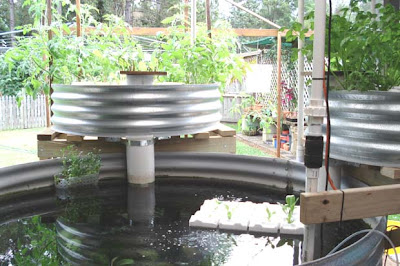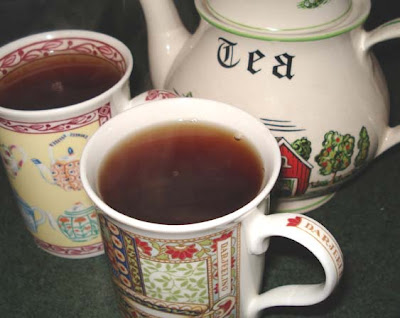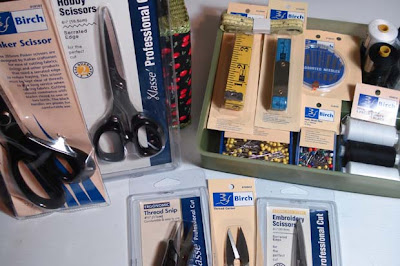We’ve had a vegetable garden for much of the past 25 years. Gardening is one of those things that I miss when I don’t do it for a few days. I can't see myself without some form of garden in the future, even if it’s just a few herbs and some tomatoes in pots.
But now I have five garden beds surrounded by a picket fence to keep dogs and chooks out. On the other side of the garden we grow fruit. Currently we have grapes, bananas, passionfruit, pink grapefruit, mandarins, loquat, raspberries, loofahs, blueberries and lemons. Contained within the vegetable garden there are oranges, peaches and nectarines.

We grow vegetables all year but now is our best growing season. During summer it’s very hot here and there are so many bugs around it doesn’t seem worth it to grow anything. But generally we soldier on with tomatoes, cucumber, eggplant, chilli, capsicums, potatoes, silverbeet and herbs.
We are now growing potatoes, cucumbers, cabbages, bok choy, radishes, lettuce, rocket, English spinach, silverbeet, turnips, carrots, capsicums, beans, peas, red and green onions, pumpkins, herbs, kale, mixed lettuces, loofahs. In the aquaponics garden we have celery, asparagus, silverbeet and lots of tomatoes.

Our garden has been organic since the start. We’ve lived here for 10 years and have tried to operate a closed system over that time, but invariably we’ve had to import straw for mulch and a bit of organic fertilizer, seaweed extract and potash. The soil has been built up of the years from red clay to the friable dark soil we now enjoy. There was a lot of hard work at first, mountains of compost, dolomite limestone and worm castings from our worm farm, but we’ve now got very good soil.

My garden is maintained so it will produce food all year, we eat from it almost every day. I also like to freeze and preserve excess for use later. Often we give eggs and vegetables to our son and occasionally to friends and neighbours. I grow loofahs to use in the shower, in the kitchen and to give as gifts with some of my home made soap.
There is nothing better than your own fresh organic food ready for picking in the backyard. When you team that up with a stockpile cupboard of dried goods and staples, you can live like a queen without the huge expense normally associated with organic food.

